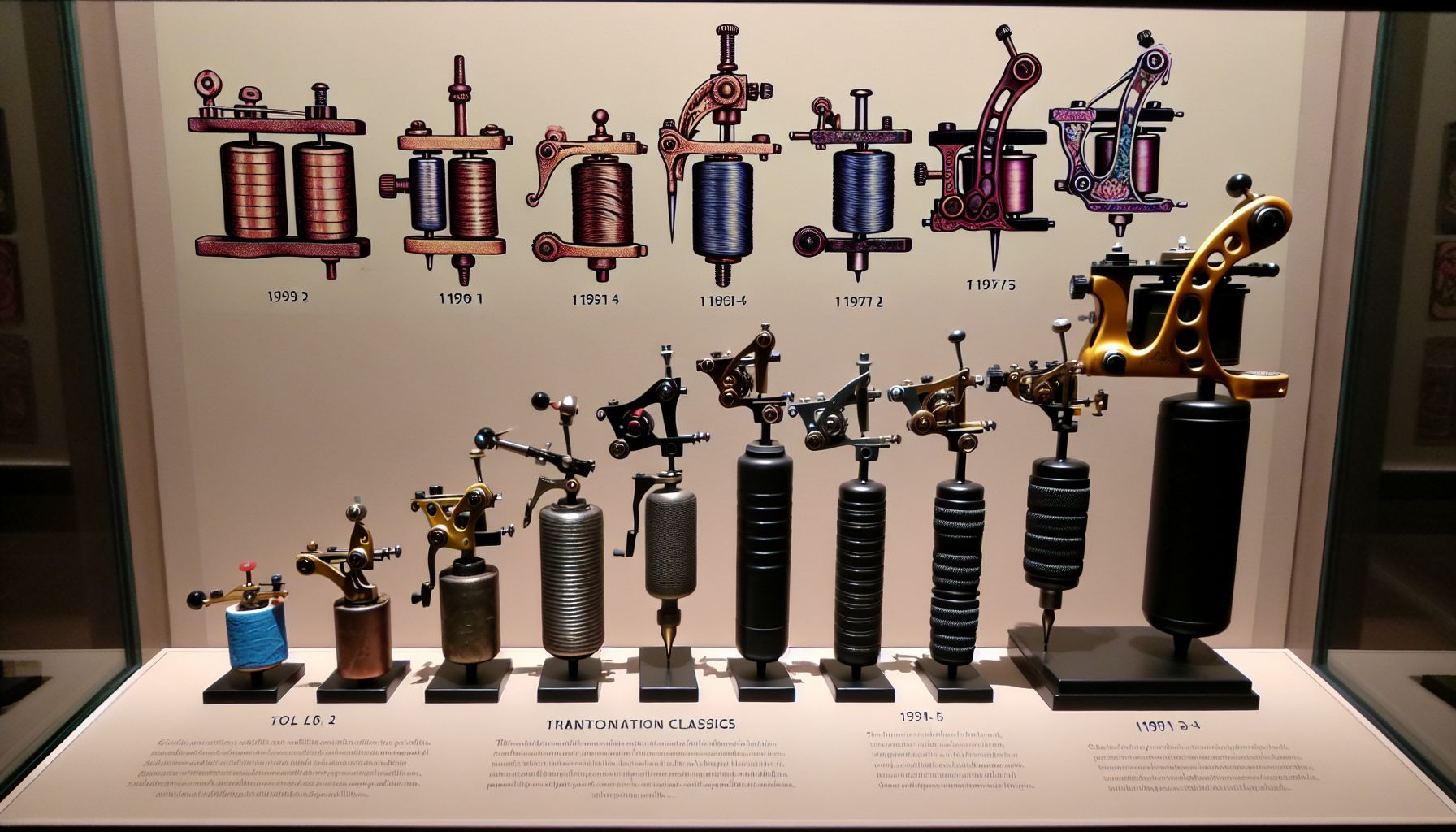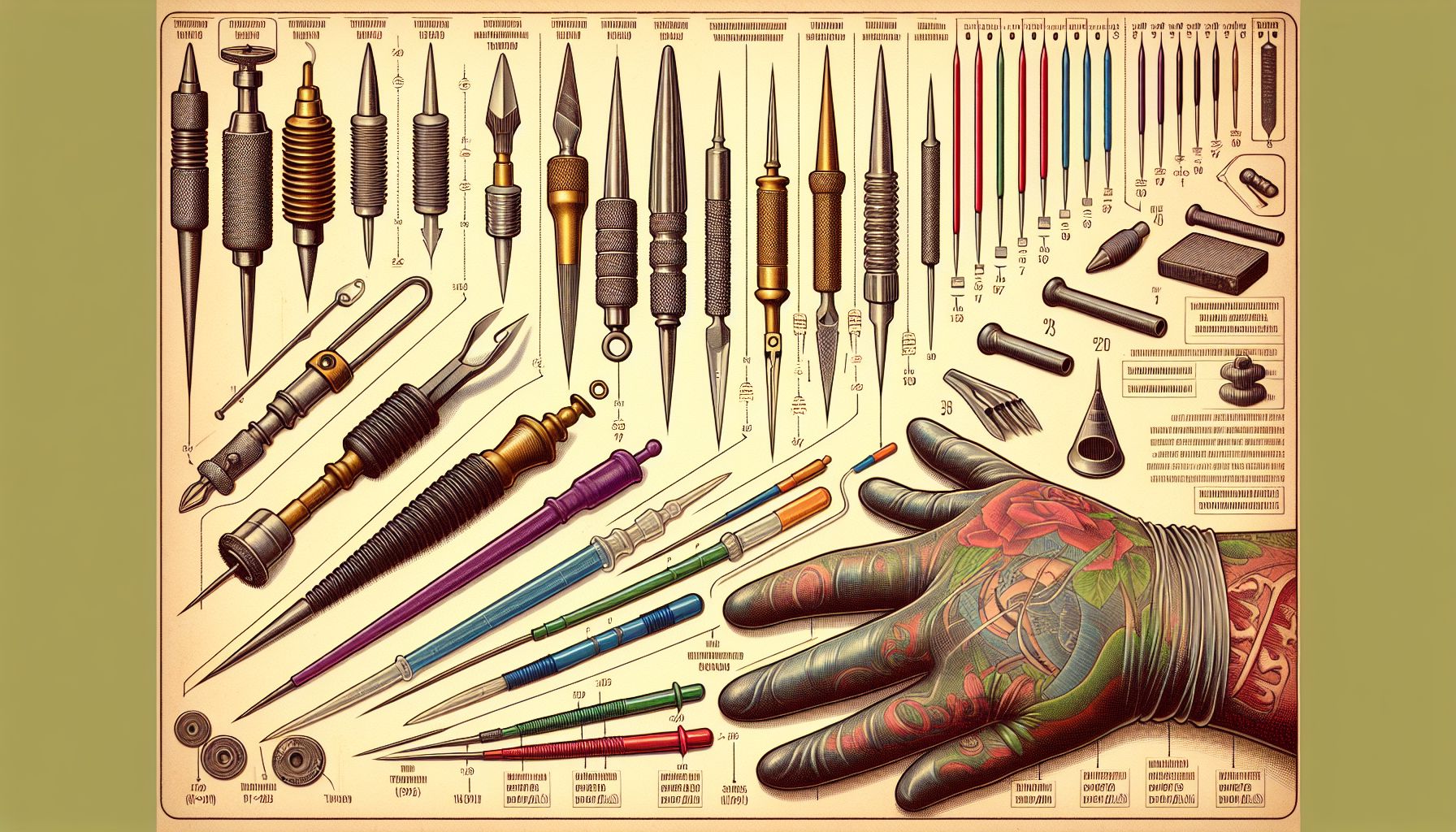When it comes to tattooing, artists often pour their hearts and souls into their artwork and for good reason – it becomes a forever piece on someone’s body. As part of this process, the tools and tattoo supplies used play a significant role in determining the quality, look, and feel of the final piece. Among these, one particular supply has had a pivotal role in the history and evolution of tattoo art – the tattoo ink.
Years of industry experience have given me deep insight into the importance and intricacies of various tattoo supplies, but today, I want to focus on the unsung hero of the process – the tattoo ink.
Understanding the journey, advancements, and nuances of tattoo inks is not just about color or pigmentation but has a lot to do with health considerations, artistic intent, and client satisfaction.
The Evolution of Tattoo Inks
Inks have been a part of our history longer than the invention of paper. We’ve seen evidence across cultures worldwide, from the iceman named Otzi with tattoos out of fireplace soot, to black ink used in ancient Egypt made from lead. Fast forward to today, the range and flexibility of tattoo ink pigments have allowed for a revolution in what an artist can create on someone’s skin.
However, it is important to point out that the journey was not a straightforward one. The evolution of tattoo supplies constantly pushed for better quality ink. In the early days, some inks caused severe allergic reactions and health issues, which led to the need for in-depth research and development around safer ink manufacturing.
Today’s tattoo inks are a world apart from their historical counterparts. Manufactured with stringent health and safety guidelines, these inks are designed to reduce allergic reactions and ensure color longevity. This year alone, we’ve seen a significant leap in vegan tattoo inks catering to a clientele conscious about animal rights and environmental impact.
Tattoo Ink Functionality and Variation
Beyond the observable color, there’s much more to understand about tattoo inks. They come in varied consistencies and bases – water, glycol, or alcohol-based varieties. The choice of base affects how the ink flows through the needle and into the skin.
Further, different color inks contain different materials that affect their resistance to light, and therefore, their longevity. For instance, black ink, often used for line and shading work, typically contains carbon or iron oxide which resist fading better than other colors.
Recently, we are witnessing an emergence of specialty inks, like UV and glow in the dark inks, further widening the creative possibilities. However, artists must be prepared for the trade-offs. Some of these inks are not as vibrant under normal light and might fade faster.
Making an Informed Decision
The art of tattooing is an investment of time, skill, and choosing the right tattoo supplies could dictate the difference between a good tattoo and a fantastic one. In my years as a tattoo artist and an industry insider, I’ve learned that taking the time to research, understand, and pick the right tattoo ink significantly contributes to both my satisfaction and that of my clients.
Choosing an ink color isn’t just about picking a pretty shade – the skin tone of the client, potential allergic reactions, longevity, and desired effects all play a massive role. Further, the kind of artwork, whether it is traditional, realism, or watercolor, might necessitate specific ink types or brands.
In the end, the ink you choose becomes an extension of your creative expression. Like any other tool in your tattoo supplies kit, it becomes a part of your art style and brand. Yes, it can be daunting with the variety of options available in the market today, but remember – the ink you use defines your art. Choose wisely and create boldly.
As an online seller, I invite you to explore the range of tattoo supplies available in my store. If you need any advice or suggestions, do feel free to reach out. Remember, the right ink could just be the creative inspiration you need for your next masterpiece.



